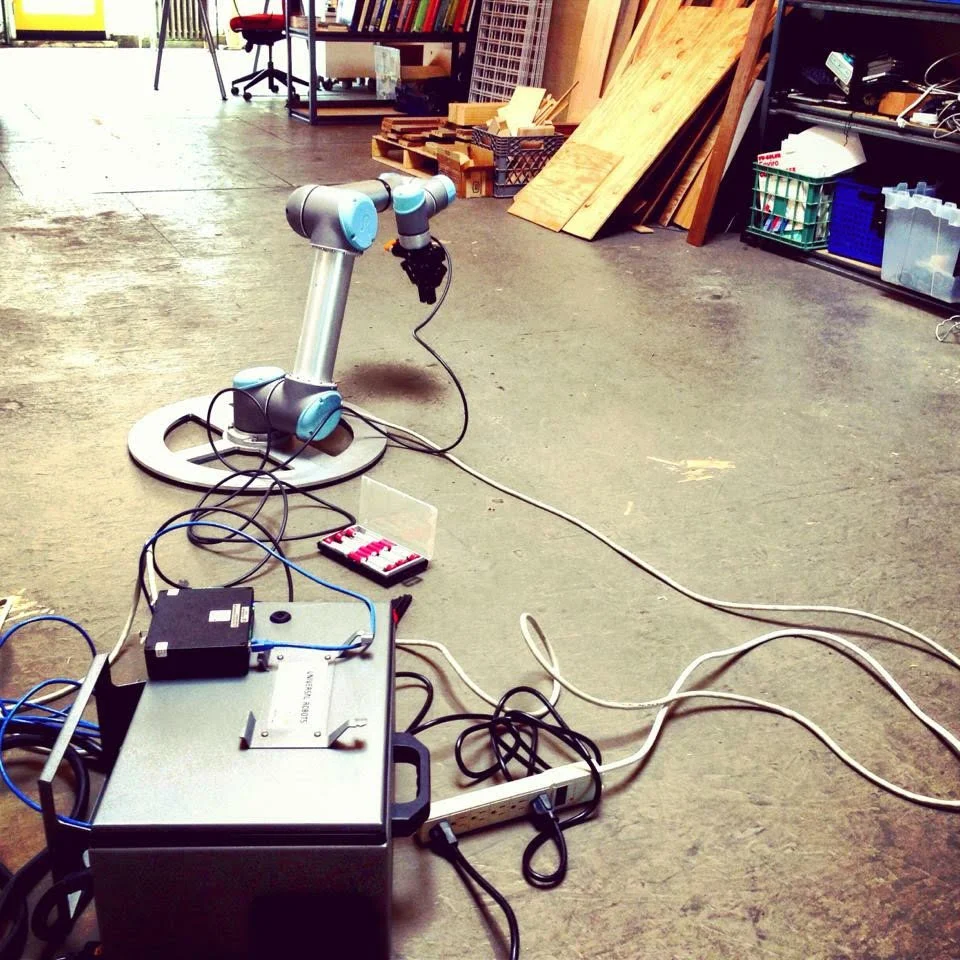Collaborative robotics: Unproven yet promising
The space once separating humans and robots in manufacturing settings is literally and metaphorically shrinking. Where once safety peripherals – fences, guards, and rails – commanded attention and space on many production lines, advances in collaborative robotics, or CoBots, have yielded machines capable of a wide range of assembly behaviors, all with the ability to discern contact with a human mass and cease activity if necessary.
The need to prevent contact with robotics is evident to anyone with experience in production manufacturing – a machine designed to impart a force on an inanimate object was not previously designed to safely navigate the variability and complexity of the human form; simply put, people are soft and squishy, and relatively easily damaged compared to an inert mass.
But with robotics platforms designed to identify varying masses and alter force accordingly, human-robot interaction is made safer; with force-limiting, human engagement with robots can be collaborative and to the betterment of worker experience and production output.
Still, while the CoBots released by companies like KUKA, Rethink Robotics, and Universal Robots are more intelligent to human needs than ever before, some standards and regulatory organizations remain uncertain of the new technologies. The American National Standards Institute and Robotics Institute of America modified measures to address collaborative robotics, though OSHA has chosen to frame the advancement as an alternative application of robotics, permitting the organization the freedom to implicitly support the further development and integration of CoBots while retaining its indirect stance on their safety at scale.
Perhaps the greatest hurdle to headway in the further development of collaborative robotics has already been overcome – the earnest entry of the subject among companies and organizations leading the industry. And with ANSI and RIA signifying support of their integration, the speed of development is likely to increase with the improved potential marketability.
Drawn from Corvus & Columba, On the Industry




